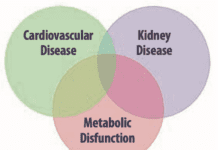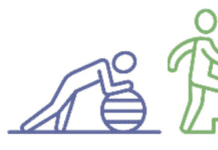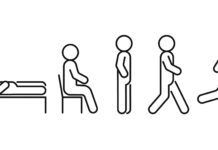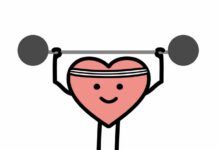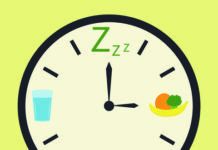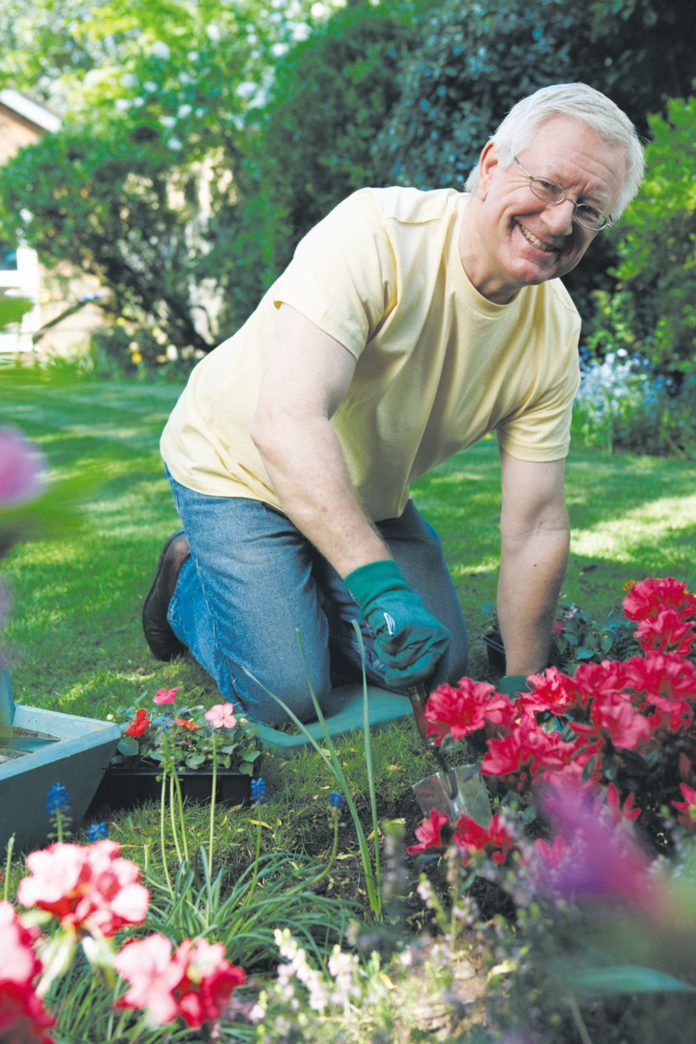How you spend your free time may affect how much life time you have to spend. While nothing beats regular exercise, a new Swedish study reports that older adults who are more active in their leisure time were less prone to cardiovascular problems and lived longer than their sedentary peers. The benefits were seen regardless of whether the seniors also engaged in vigorous exercise.
Thinkstock
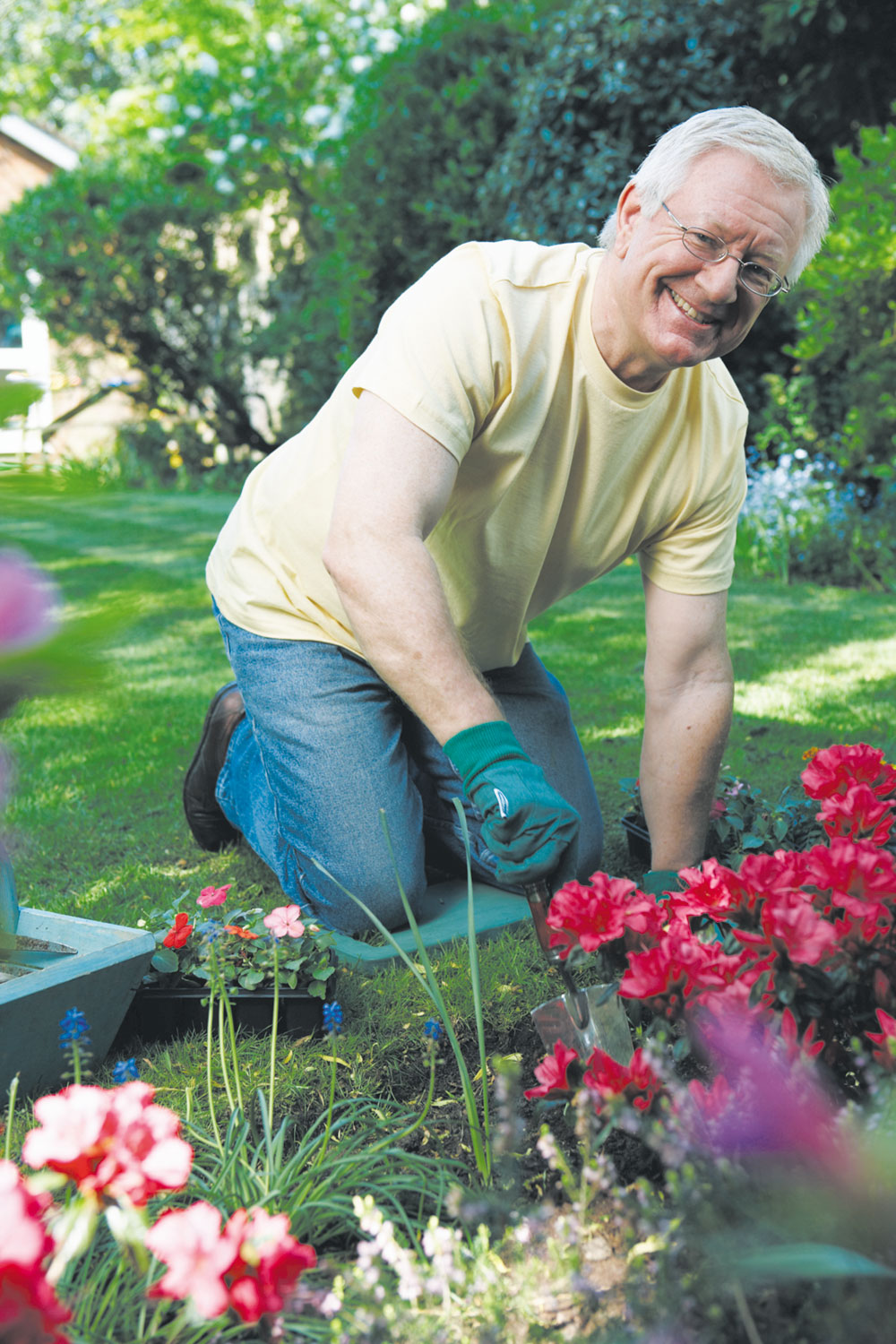

“Every time you move around rather than sit, you challenge your heart to beat a little faster, training it to be stronger and fitter,” explains Miriam E. Nelson, PhD, a professor in Tufts’ Friedman School and author of the “Strong Woman” series of books. “That is, the more you push your heart and the rest of your cardiovascular system to do, the more they can do.”
ACTIVE VS. SEDENTARY: In the new study, Elin Ekblom-Bak, PhD, of the Karolinska University Hospital in Stockholm, and colleagues followed 3,839 men and women who were about 60 years old when the research began. They were given a physical exam and answered 24 questions to assess their types and levels of physical and sedentary activities.
Over the next 12.5 years, 383 of the participants died from all causes and 476 suffered a fatal or nonfatal first-time cardiovascular event. As might be expected, those who regularly engaged in moderate-to-vigorous exercise had a higher probability of survival than sedentary participants. But so did those reporting a high level of non-exercise physical activity.
Compared to people spending their leisure time in sedentary ways, those in the “active leisure” group were at 30% lower risk for all-cause mortality and 27% less likely to suffer a first-time cardiovascular event. That healthy edge remained even after deaths and cardiovascular events from the first three years of the study were excluded.


Active-leisure seniors were also metabolically healthier. Both men and women who were active in their free time tended to have a smaller waist circumference, higher “good” HDL cholesterol levels and lower triglycerides. Among men, active leisure was further associated with better insulin and blood-sugar levels. Active leisure was not linked to lower blood pressure, however.
SIT LESS, LIVE MORE: Reporting their findings in the British Journal of Sports Medicine, Ekblom-Bak and colleagues concluded, “A generally active daily life had important beneficial associations with cardiovascular health and longevity in older adults, which seemed to be regardless of regular exercise habits.… For future health, promoting everyday non-exercise physical activity might be as important as recommending regular exercise for older adults.”
The researchers speculated that spending your spare time sitting rather than moving around might cause the body to release fewer molecules called myokines, which in turn play a role in endocrine function.
The findings provide further incentive to get up and get moving, Tufts’ Nelson says. “We’re talking about things you’ve heard a lot about but that few people actually do: taking the stairs instead of the elevator; not driving around the supermarket parking lot to find the space closest to the door but parking instead wherever you first see a space; walking rather than driving to destinations you can reach on foot within 10 minutes (which will ensure walking a mile there and back); getting up to turn the television on and off manually rather than using the remote; and so on.
“It may not seem like it adds up to much,” Nelson adds, “but it does.”



